
Eurasian Economic Union EAC (CU-TR) Certification
eac certification (Eurasian Conformity Certification) is a conformity assessment system implemented by member states of the Eurasian EconoMIC Union (EAEU). This article aims to introduce EAC certification and provide compliance guidance for businesses. If your products are intended for sale in Russia, Belarus, Kazakhstan, Armenia, and Kyrgyzstan, it is important to ensure compliance with the technical regULations and standards of the Eurasian Economic Union and obtain EAC certification.
Background
The Eurasian Economic Union (EAEU) is an economic organization comprising several Eurasian countries, aimed at facilitating the free movement of goods, services, capital, and labor. In 2010, Russia, Belarus, and Kazakhstan formed the Eurasian Customs Union (EACU). In 2015, the Customs Union was renamed the Eurasian Economic Union, with Armenia and Kyrgyzstan joining as member states.
The Eurasian Economic Commission (EEC) is the permanent regulatory body of the Union, operational since February 2, 2012, responsible for ensuring the effective functioning and development of the Union and proposing further cooperation.
Based on the agreement signed on October 18, 2010, by Russia, Belarus, and Kazakhstan on the "Unified Rules and Regulations on Technical Regulations of the Republic of Kazakhstan, the Republic of Belarus, and the Russian Federation," the Customs Union aims to establish unified product safety standards and requirements. This led to the formation of the CU-TR certification within the Customs Union, identified by the EAC mark, also known as EAC certification. This certification is a product conformity assessment system aimed at ensuring the safety, reliability, and compliance with technical requirements of products in the market. Currently, products certified with EAC can freely circulate and be sold in Russia, Kazakhstan, Belarus, Kyrgyzstan, and Armenia.
Policies
Businesses need to understand and comply with the EAC (CU-TR) certification requirements of the Eurasian Economic Union (EAEU) to ensure that the goods they sell comply with regulations. To ensure compliance, you can contact professional third-party organizations or officially accREDited laboratories (such as China JJR Laboratory, an IEC 17025 accredited laboratory) for EAC certification consultation or testing services to complete EAC certification or conformity declaration.
Compliance Guidance
1. Scope of Applicable Products
EAC certification applies to a wide range of products, increasingly encompassing various categories. Businesses can refer to Resolution No. 526 of the Commission, which lists 61 major product categories covering most types of products. This includes but is not limited to machinery, low-voltage equipment, high-voltage equipment, toys, children's products, medical devices, cosmetics, food, packaging, automotive and motorcycle parts, personal protective equipment, household chemicals, furniture, and tobacco products.
2. Relevant Regulations
The Union has established unified Technical Regulations (EAEU Technical Regulations) to regulate product quality. Products must undergo EAC certification or declaration according to the relevant Technical Regulations and bear the EAC mark for circulation within the Union. Below is a reference list of Technical Regulations. Businesses can also obtain texts of Technical Regulations for specific product types through the EAEU legal portal or third-party websites.
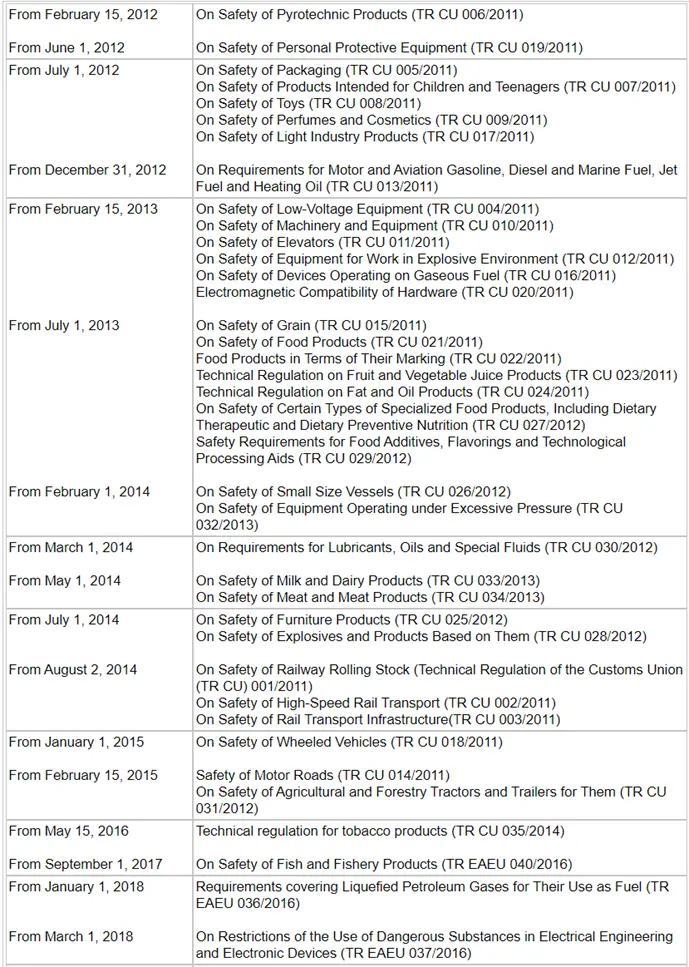
Technical regulations for specific product categories specify the scope of products requiring EAC certification or EAC declaration. For example, TR CU 010/2011 (On safety of machinery) lists machinery types requiring certification in its Appendix 3 and types requiring conformity assessment in its Appendix 4. Note that the same product may need to comply with multiple Technical Regulation standards depending on its nature.
3. Compliance Documentation
To sell within the Union, products must adhere to the applicable Technical Regulations through EAC certification or declaration and bear the EAC mark. Details are as follows:
eac certificate
EAC certification is typically conducted by officially authorized certification bodies. These bodies verify product compliance through necessary tests and inspections, ultimately issuing a formal EAC certificate. Businesses can obtain a list of certification bodies and accredited laboratories through the Unified Register of EAEU Conformity Assessment Bodies.
Example of an EAC Certificate (for reference only):
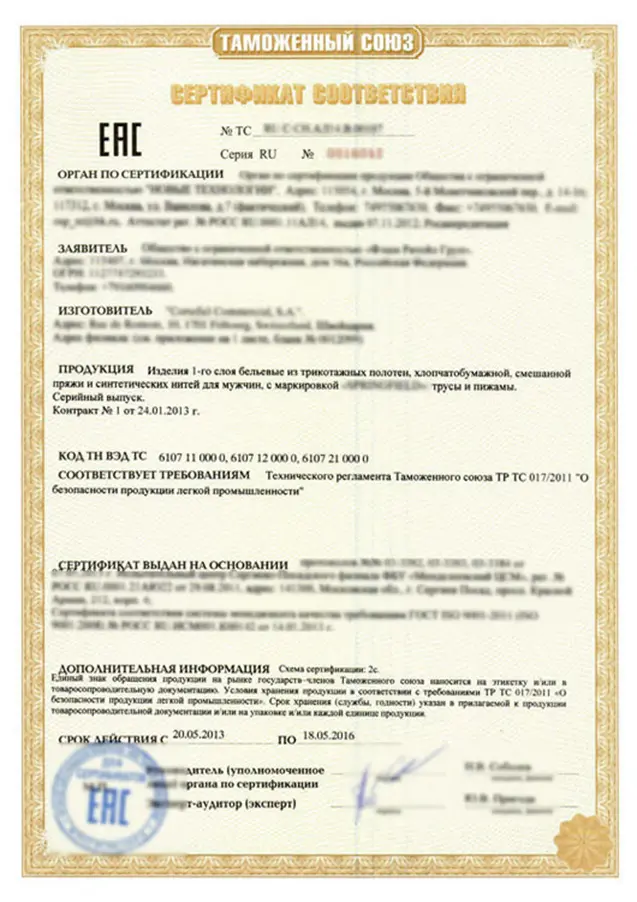
EAC Declaration
An EAC declaration is a document in which the manufacturer or seller self-declares that their product complies with all applicable Union Technical Regulations. This is generally applicable to lower-risk products, although some testing by accredited laboratories may still be required to demonstrate compliance. The EAC declaration follows a standard format, filled out and signed by the manufacturer or seller to declare conformity.
Example of an EAC Declaration (for reference only):
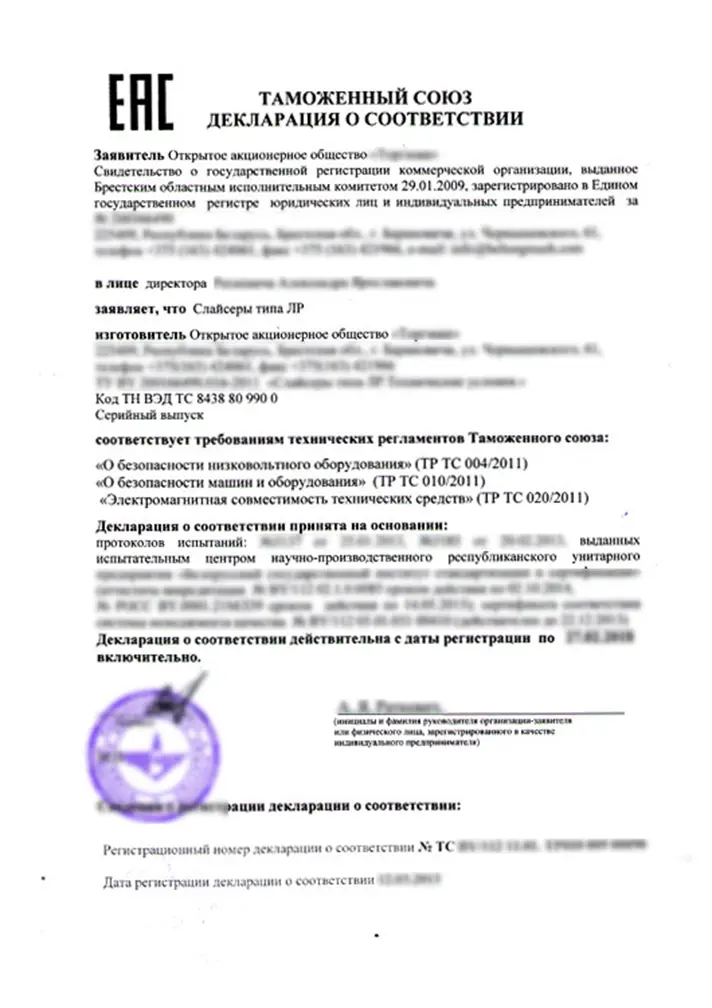
EAC Mark
All products certified with EAC must display the EAC unified mark, indicating that the goods have undergone the conformity assessment procedures specified by the Customs Union Technical Regulations and have obtained an EAC certificate or declaration.
Examples of the EAC mark are as follows:
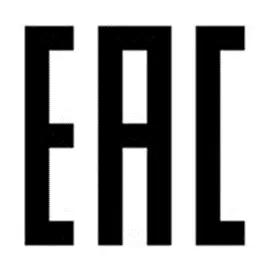
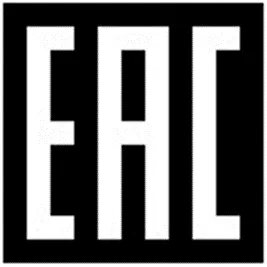
The EAC logo consists of the letters "E", "A", and "C" arranged in a square with equal dimensions and right angles, presented on a light (Figure 1) or contrasting background (Figure 2). EAC stands for "Eurasian Conformity". The maximum size of the mark is unrestricted, but the minimum size must be at least 5 mm, determined by the product manufacturer. The mark should have a clear outline and be distinguishable from any other markings on the product's packaging. The readability of the mark should not be affected by any other markings applicable to the product. The mark's image on a scale grid is shown in Figures 3 and 4.
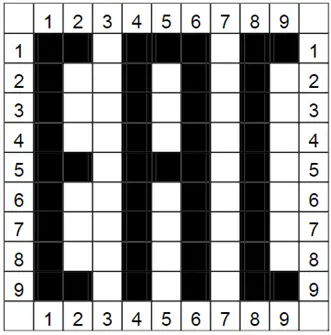
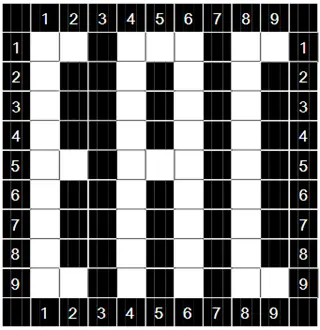
Email:hello@jjrlab.com
Write your message here and send it to us
 What Are the Testing Items of California Propositi
What Are the Testing Items of California Propositi
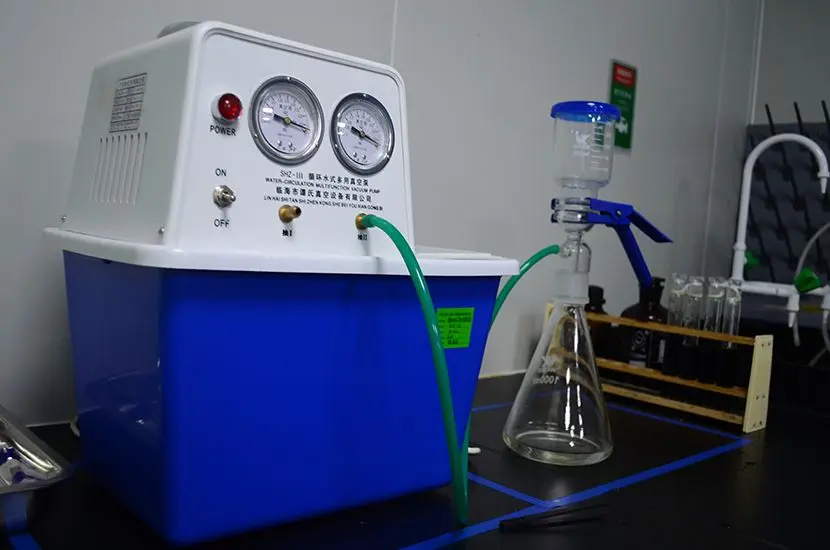 E-Cigarette EU TPD Testing
E-Cigarette EU TPD Testing
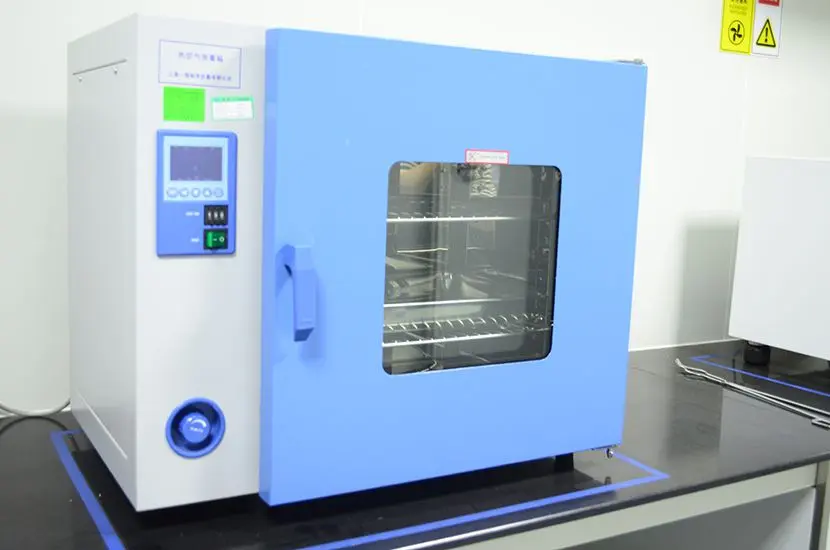 Testing Certification for E-cigarettes Exported to
Testing Certification for E-cigarettes Exported to
 What is Amazon US CPC Certification?
What is Amazon US CPC Certification?
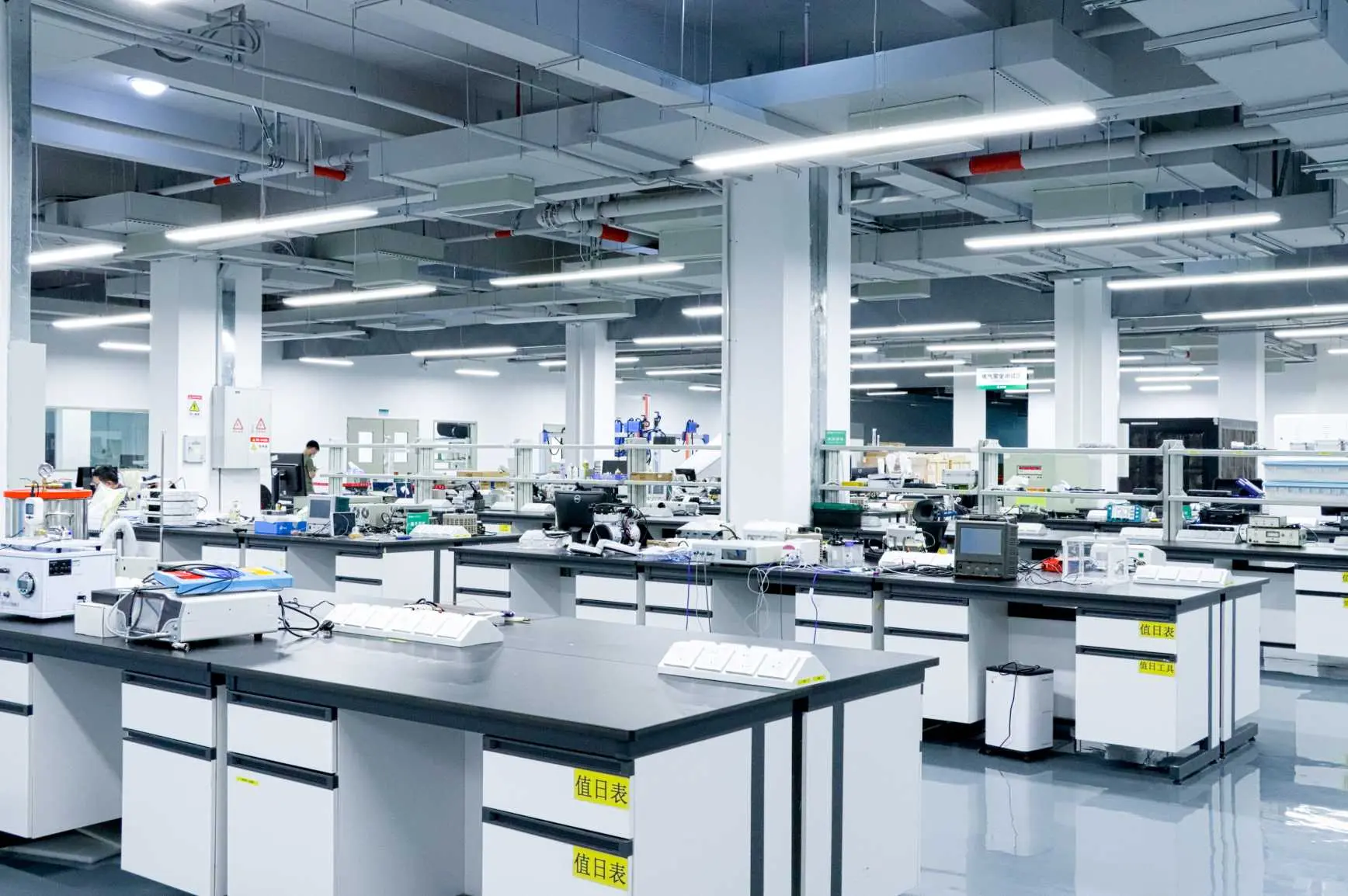 UK Toy Safety Regulation Standard EN 71-13
UK Toy Safety Regulation Standard EN 71-13
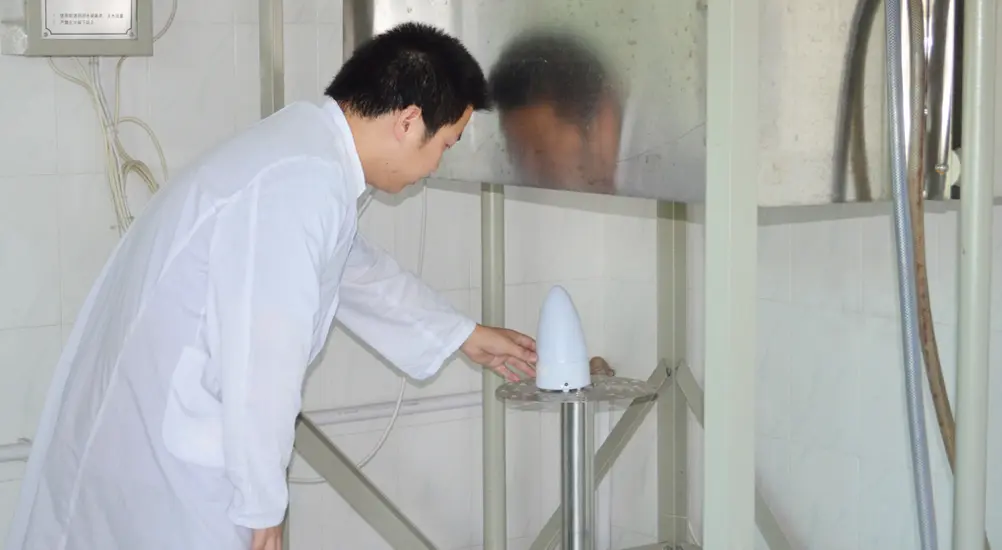 What is EU UFI Registration?
What is EU UFI Registration?
 EU UFI Registration for E-cigarette E-liquid
EU UFI Registration for E-cigarette E-liquid
 How to get the MSDS Report for Electronic Cigarett
How to get the MSDS Report for Electronic Cigarett
Leave us a message
24-hour online customer service at any time to respond, so that you worry!




